In this current day and age, it is very easy to name a list of bad French cars than it is to list a bunch of rather good ones. Now while Citroen, Peugeot, Renault, and recently Alpine are making some good modern cars, it is safe to say that over the last 20 years, barring Renault, there haven’t been many incredible French cars.
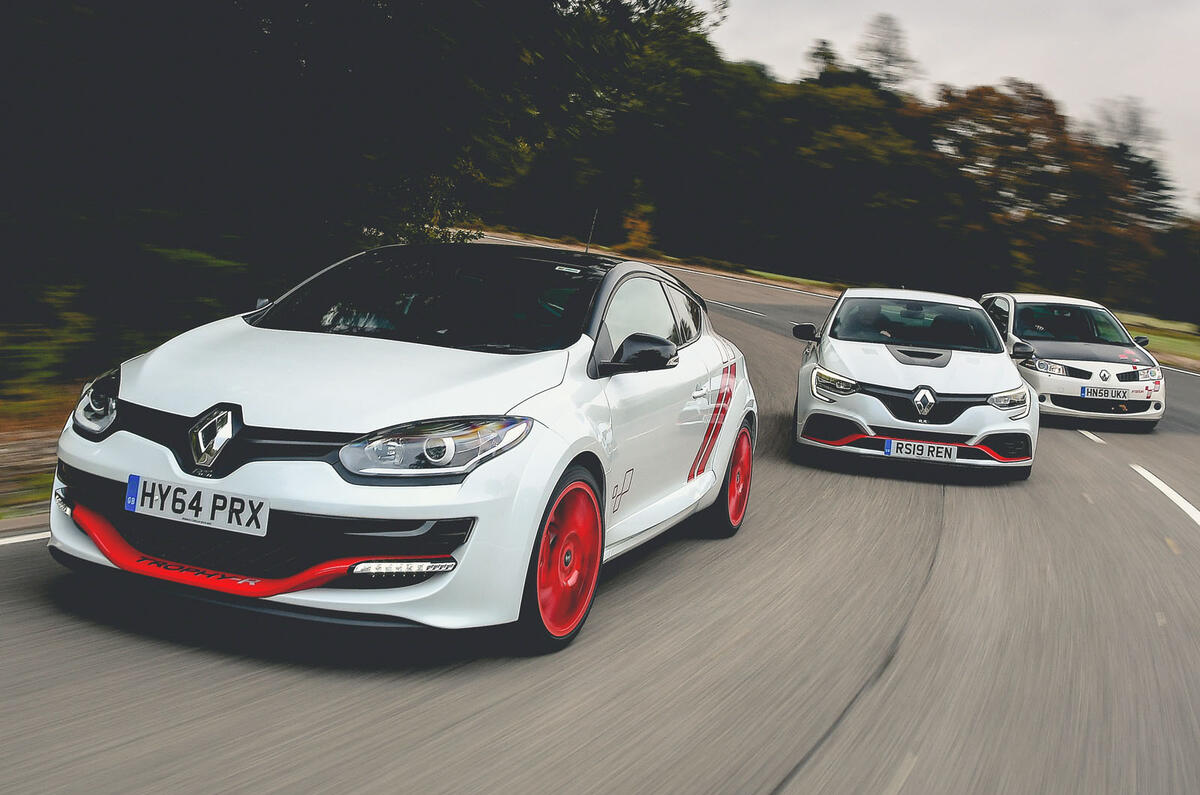
Wind the clocks back to the ’90s though and it was an entirely different story. Whether it was the humble but brilliant Peugeot 106 or the Engineering masterpiece of the Citroen XM or even the packaging genius of the Renault Espace, ’90s French cars were in general in a completely different league. Nothing says that more than the Renault Safrane BiTurbo!

In all accounts, the Safrane was already a very good car both in general and for Renault. Released in 1992 as the replacement for the then aging 25, the Safrane was an all-new car for the brand. Only available as a hatchback just like its predecessor, the Safrane was slumming it up against the high rollers of the Executive market and while cars like the E34 5-Series and the W124/W210 E-Class may have been the cars a typical ’90s Exec dreamed of owning, the Safrane was considerably easier to get to grips with and live with.

At launch in 1992, the Safrane was offered with 6 engines, with one being a diesel. These ranged from a plethora of 4 cylinders ranging from 2.0 liters in size up to 2.5 petrol. a 165 bhp 3.0 PRV V6 was also offered as the flagship engine. Due to this, the Safrane was a very good alternative to the German Marques as it offered an alternative compared to the typical German Saloons that had limited space as well as limited engine offerings.
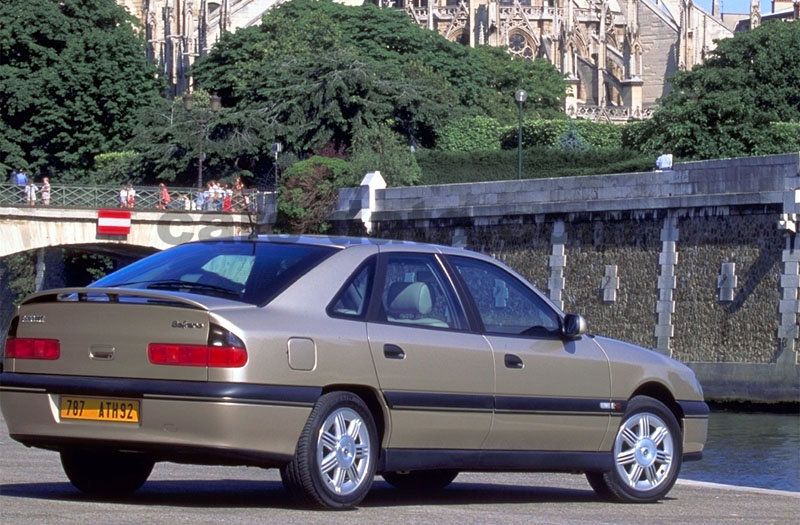
While it was never a big seller, the Safrane was a very decent offering from Renault at the time. With luxury levels being on par with their German rivals but at a more affordable price, the Safrane was a hit with people that bought them even though it wasn’t a large seller. Being Renault in the ’90s however, they weren’t satisfied with being decent – they wanted to be extraordinary!
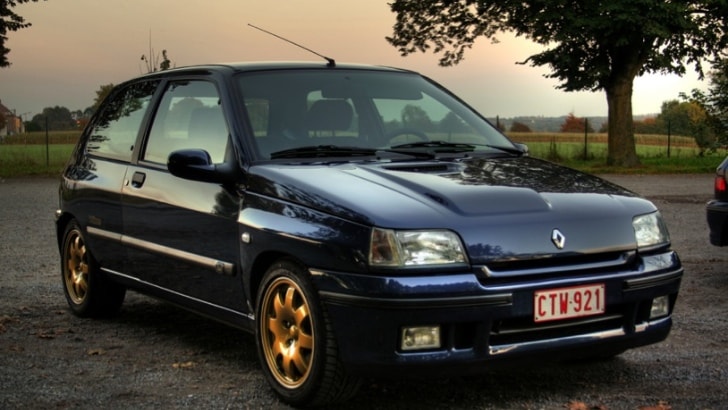
So in 1994, when Renault had gone Motorsport mad both in F1, Rallying and soon to be the BTCC with the then newly released Laguna, Renault decided to go crazy like never before for the Safrane. After releasing the coveted and limited edition Clio Williams a year prior with huge success Renault decided to strap a couple of KKK Turbo’s to the already existing 3.0 V6 powerplant also found in the Alpine A610 to create the Safrane BiTurbo. Tuned with assistance from both Hartge and Irmscher who were known for tuning high-powered Opels and BMW’s respectively, the engine put out a whopping 258 BHP and 268Ib-ft of torque, all of which was available from 2500rpm upwards gave the Safrane incredible mid-range punch.

With 0-60 by within a whopping 7.2 seconds, this was a French rocketship. Now 7.2s to 60 mph may not sound like much in this day and age but back in the ’90s that was considered fast, especially for a V6. The only other vehicle out of France as fast, as comfortable, and as easy to get access to was the Eurostar, and that’s saying something. While it may not be as quick or as formidable as the infamous Lotus Carlton or as highly tunable as a Ford Sierra Sapphire Cosworth, the Safrane BiTurbo offered both luxury and performance in a formidable package.
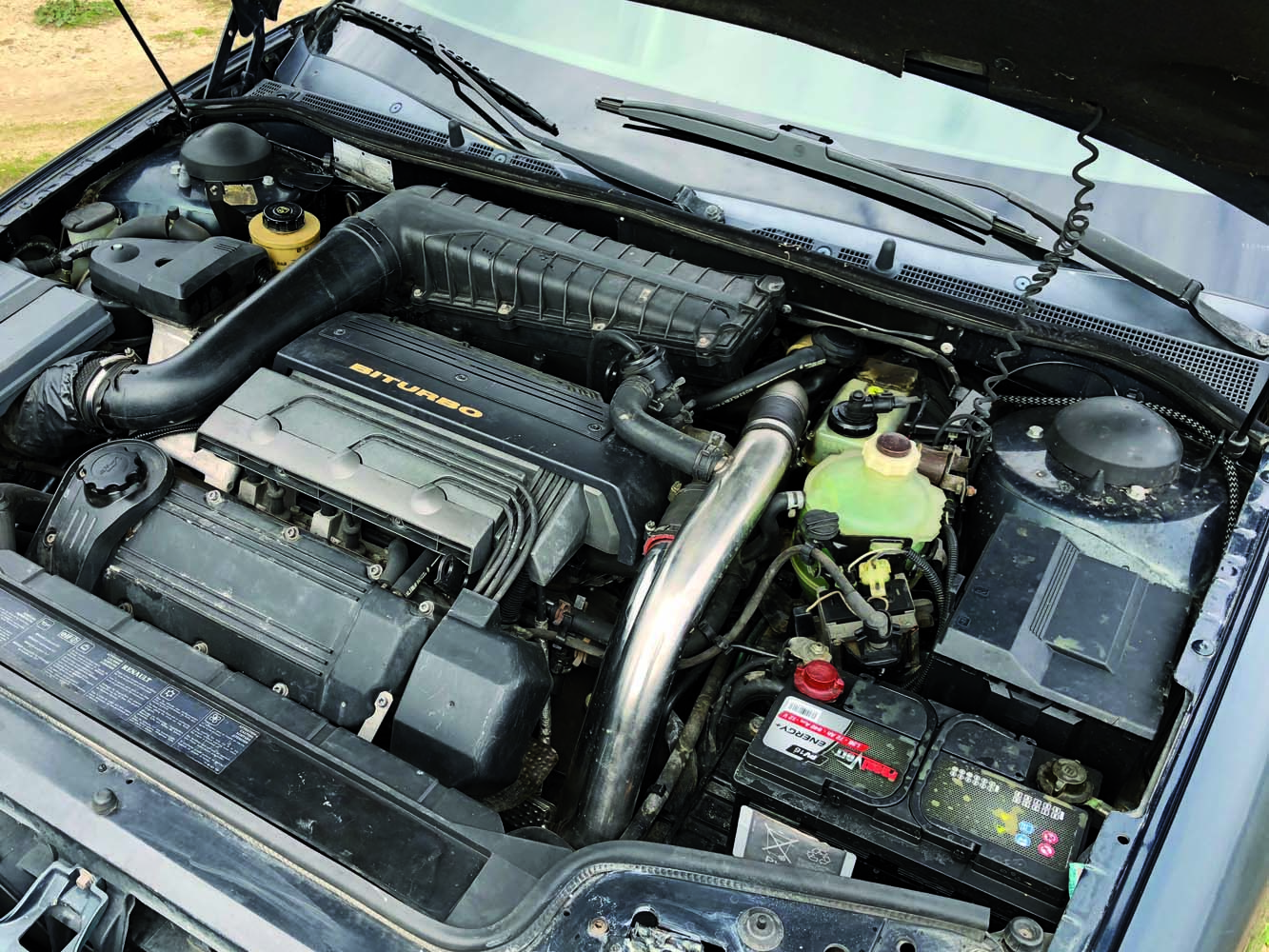
To make sure that all that power could be put down, the BiTurbo was gifted with having the Quadra all-wheel-drive system as seen in the 21 Turbo Quadra prior. All Safrane Biturbos were fitted with a 5-speed manual gearbox for maximum driving involvement, Automatics were never available as there was no automatic Gearbox capable at the time that could take all the power that twin-turbo V6 had to offer.

To make sure that the car could handle it all, it was fitted with a revolutionary Boge-Sachs adaptive air suspension system that was unheard of in the early ’90s. Compared to the normal Safrane V6, the BiTurbo was a completely different car entirely. Unfortunately, while it was a very fast car in its own right, due to the fairly heavy curb weight of 1726kg it wasn’t quite as fast as the equivalent E34 540i or Audi 100 S4. However, the outright pace isn’t everything as we know!

See, due to the fact that the Safrane is a big French executive car, it was extremely luxurious as already mentioned, and with the suspension tweaks and AWD system, the BiTurbo was praised for its smooth ride and flat cornering ability alongside its incredible mid-range fury and with an interior festooned with leather everywhere and electric everything, it offered everything the Germans offered and more.

Early in the production process of the BiTurbo, Hartge themselves did mention the idea of upping the power to 300bhp but Renault themselves decided it wasn’t in their best interests as it’d mean more transmission services and possible replacements compared to the 286bhp version so the idea was soon scrapped, pity really. Again, 300bhp doesn’t sound like much compared to modern-day cars but you have to remember that a Volvo 850 T-5R from around the same time had about 225bhp from its 2.3 liters 5 Cylinder Turbocharged engine and that was considered blisteringly quick in its day. if Hartge had been able to create a 300bhp version of the Safrane, it’d of been as quick if not quicker than a majority of high-end sports cars like the Porsche 911 or TVR Griffith.
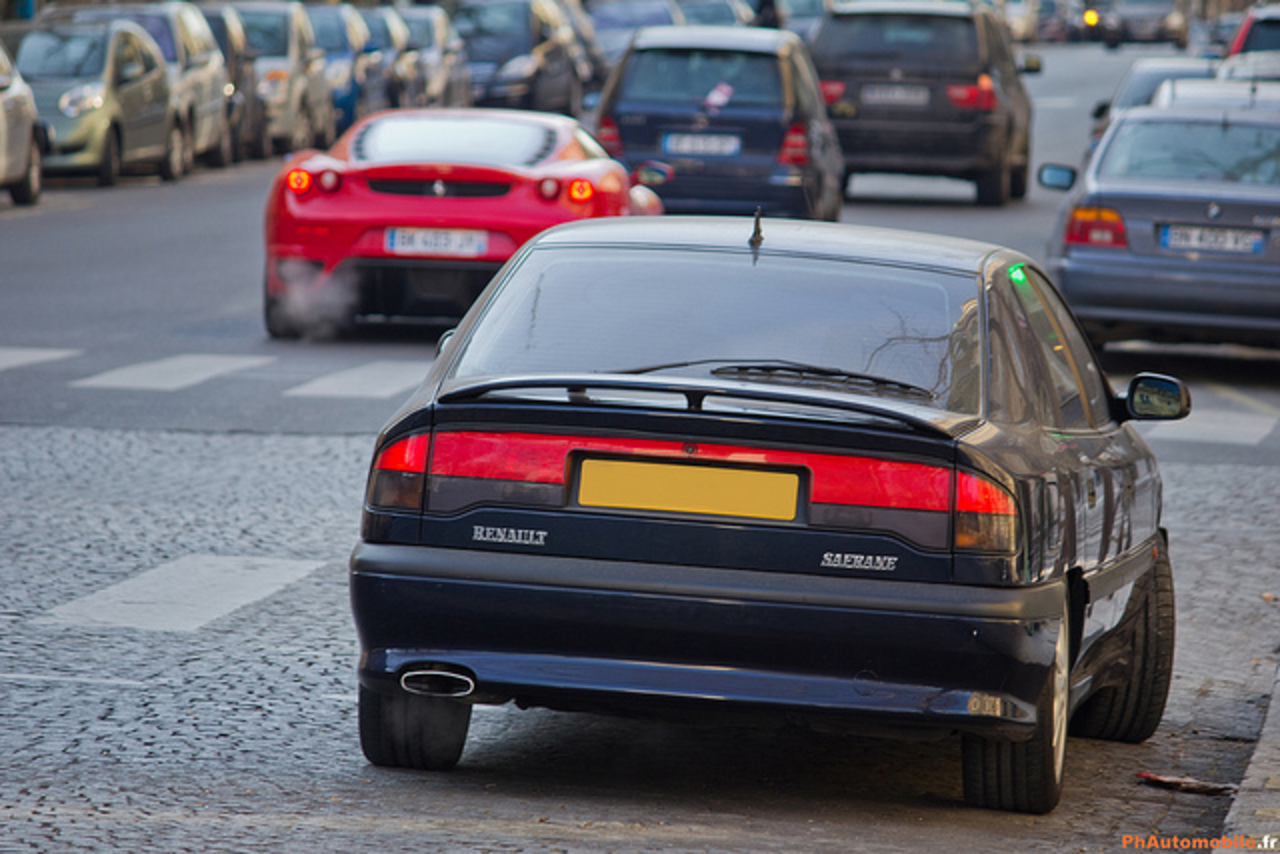
In its very short two-year span, only 806 Safrane BiTurbo’s were built making it considerably rarer than the likes of a Ferrari F40 to name a few. Also consider that it’s a nearly 30-year-old car and it’s not easy finding one for sale or even on the road whatsoever, especially in the UK!

Safrane’s themselves are extremely rare with only two I can find for sale as of the time of writing this article and neither of them are BiTurbos. Only two trim levels were available for the BiTurbo model and they were the RXE and the Baccara. The Baccara was the trim most known for the BiTurbo models as they had everything thrown at them from the factory. this really was a super saloon at its core but in typical French flair, it was a very different but very good take on one!

If you do come across a Safrane regardless of its trim level, I’d suggest buying it straight away and looking after it because with the way car manufacturers are going, especially French ones, it’s going to be a long time before we see something similar to the Tour De Force of the Safrane.
Hope You Enjoy!
By Alex Jebson

